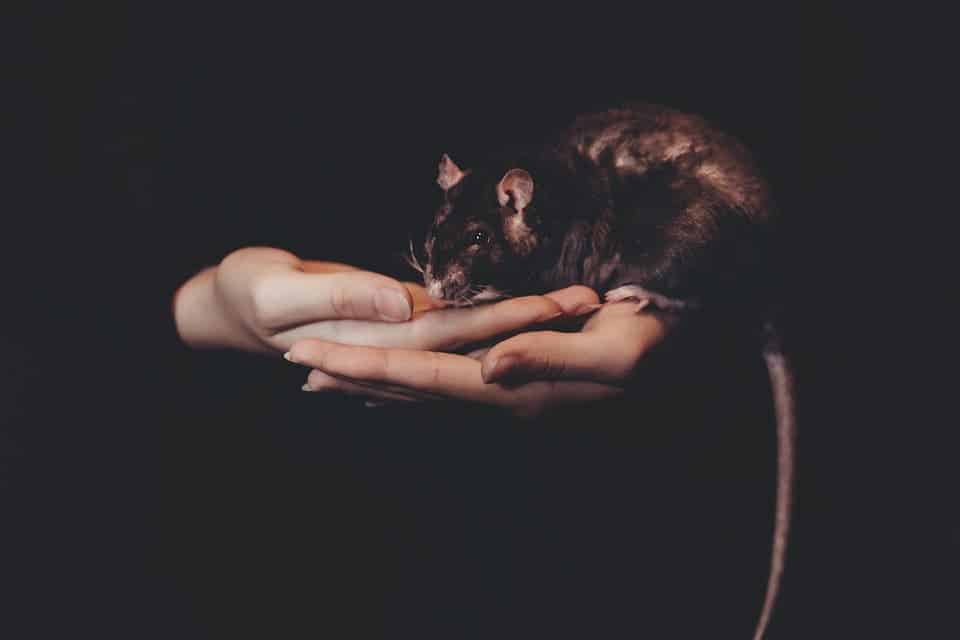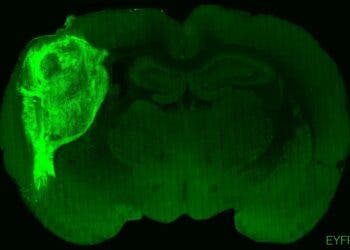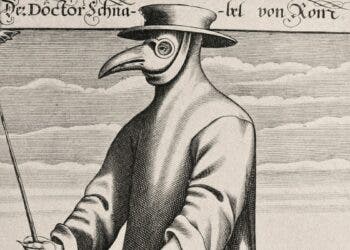It’s wasn’t rodents, but human endoparasites like fleas and lice that seem to be like the most likely carriers of the ‘Black Plague’, the horrible disease that decimated Europe throughout history.

In October 1347, 12 Genovese trading ships docked at the Sicilian port of Messina after a long journey across the Black Sea. Those who greeted the ship weren’t expecting what happened next: most of the sailors aboard the ship were dead, and the few who could muster the strength to sail to safety were gravely ill.
Land lovers naturally came to their rescue, trying to treat the fever which made the sailors gravely delirious but also covered their bodies with black boils that oozed blood. They would soon regret their decision.
Within a week, the sailors were dead, and not long after most of the Messina townsfolk would come to learn first-hand what bearing this fever felt like. They wouldn’t be alone.This highly infectious disease quickly spread from Messina throughout Europe killing over 20 million people in Europe over the next five years. This was the Black Plague, and for centuries the disease would outbreak, recede, then strike again keeping Europe and Asia in a state of constant terror until the late 19th century.

[panel style=”panel-info” title=”What is the plague? ” footer=”Credit: The WHO. “]Plague is an infectious disease caused by the bacterium Y. pestis, usually found in small mammals and their fleas.
People infected through flea bites usually develop flu-like symptoms after an incubation period of 3-7 days. Typical symptoms are the sudden onset of fever, chills, head- and body-aches and weakness, vomiting and nausea. Common antibiotics are efficient to cure plague, if they are delivered very early, because the course of the disease is usually rapid.[/panel]
The Black Plague is an infectious disease caused by the bacterium Yersinia pestis. For years, the consensus was that stowaway rats on merchant ships acted as carriers for the disease. However, recent evidence suggests that we may have been pointing the finger at the wrong guys.
Vindicating rats
Researchers at the Universities of Oslo and Ferrara compared various transmission vectors (rats, airborne, and humans) inside a contagion dissemination computer model. To everyone’s surprise, the rats-based rate of spreading was nowhere near consistent with the historical records. The airborne model also returned about the same results as the rodent-based one. Instead, in the case of human transmission, the modeled rate of spreading plague matched the facts.
So rather than fleas carried by rats, it seems more likely that fleas and lice carried by humans — all in ample amount given Middle Age hygiene — were the ones spreading Black Plague.
“While it is commonly assumed that rats and their fleas spread plague during the Second Pandemic there is little historical and archaeological support for such a claim,” the authors wrote in the Proceedings of National Academy of Science.
“Our results support that human ectoparasites were primary vectors for plague during the Second Pandemic, including the Black Death (1346–1353), ultimately challenging the assumption that plague in Europe was predominantly spread by rats.
Previously, a similar study performed by researchers in London reached the same conclusion, finding the disease spread too fast for carriers to be rats, leaving only one possible explanation – the carriers were humans.
“The evidence just isn’t there to support it,” said Barney Sloane, author of The Black Death in London. “We ought to be finding great heaps of dead rats in all the waterfront sites but they just aren’t there. And all the evidence I’ve looked at suggests the plague spread too fast for the traditional explanation of transmission by rats and fleas. It has to be person to person – there just isn’t time for the rats to be spreading it.”
Modern sanitation and public-health practices have greatly mitigated the impact of the plague but have not eliminated it. You might be surprised to hear, for instance, that 15 cases of bubonic plague were reported in the United States last year. The plague can be successfully treated with antibiotics, but only with a prompt diagnosis and treatment. Last year, the island state of Madagascar — one of the richest biodiversity hotspots on Earth –was hit by a new, devastating Bubonic plague outbreak which claimed the lives of 209 people. The death rate is 16% among patients who have been treated and between 66% and 93% among those who are not treated, according to the CDC.






